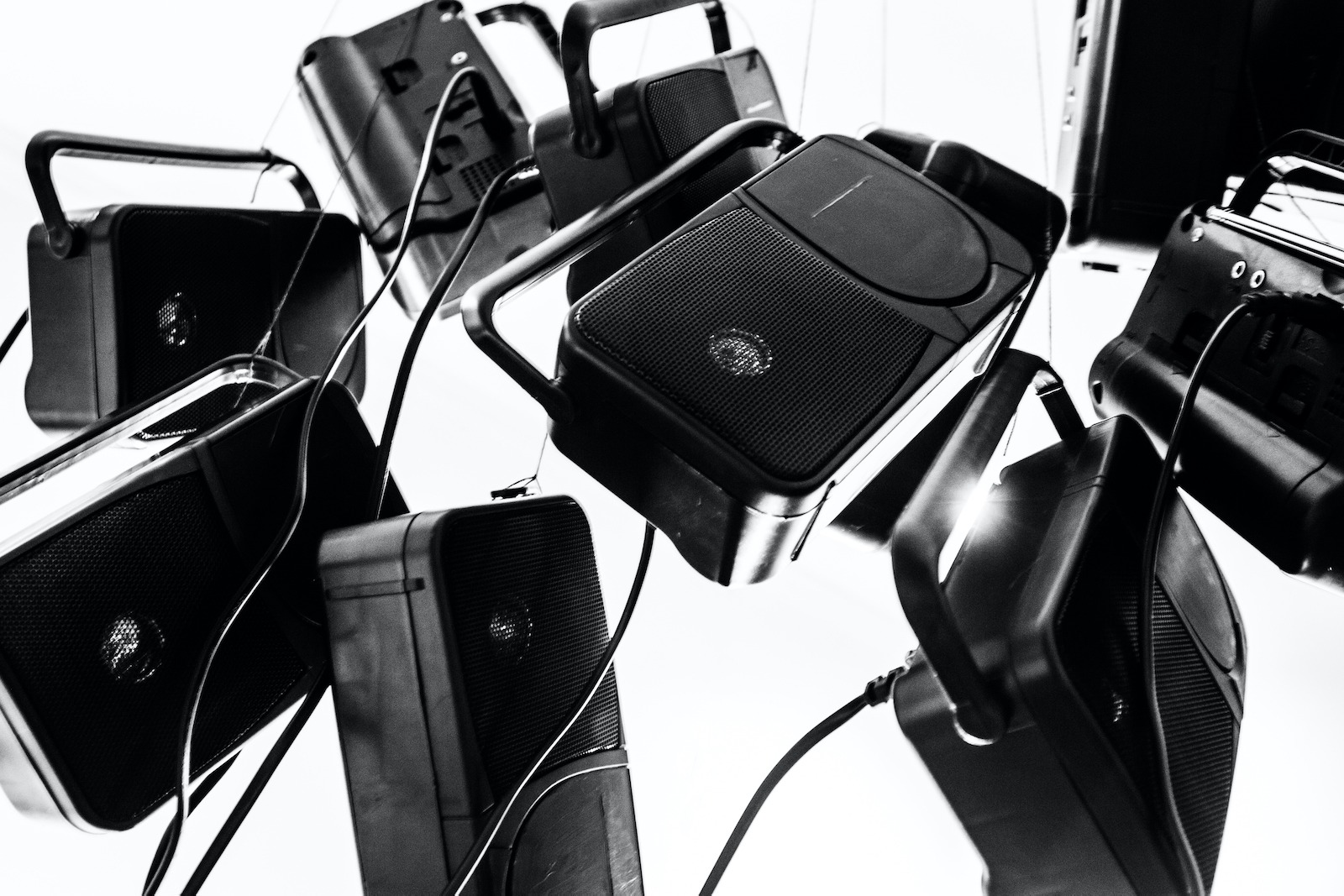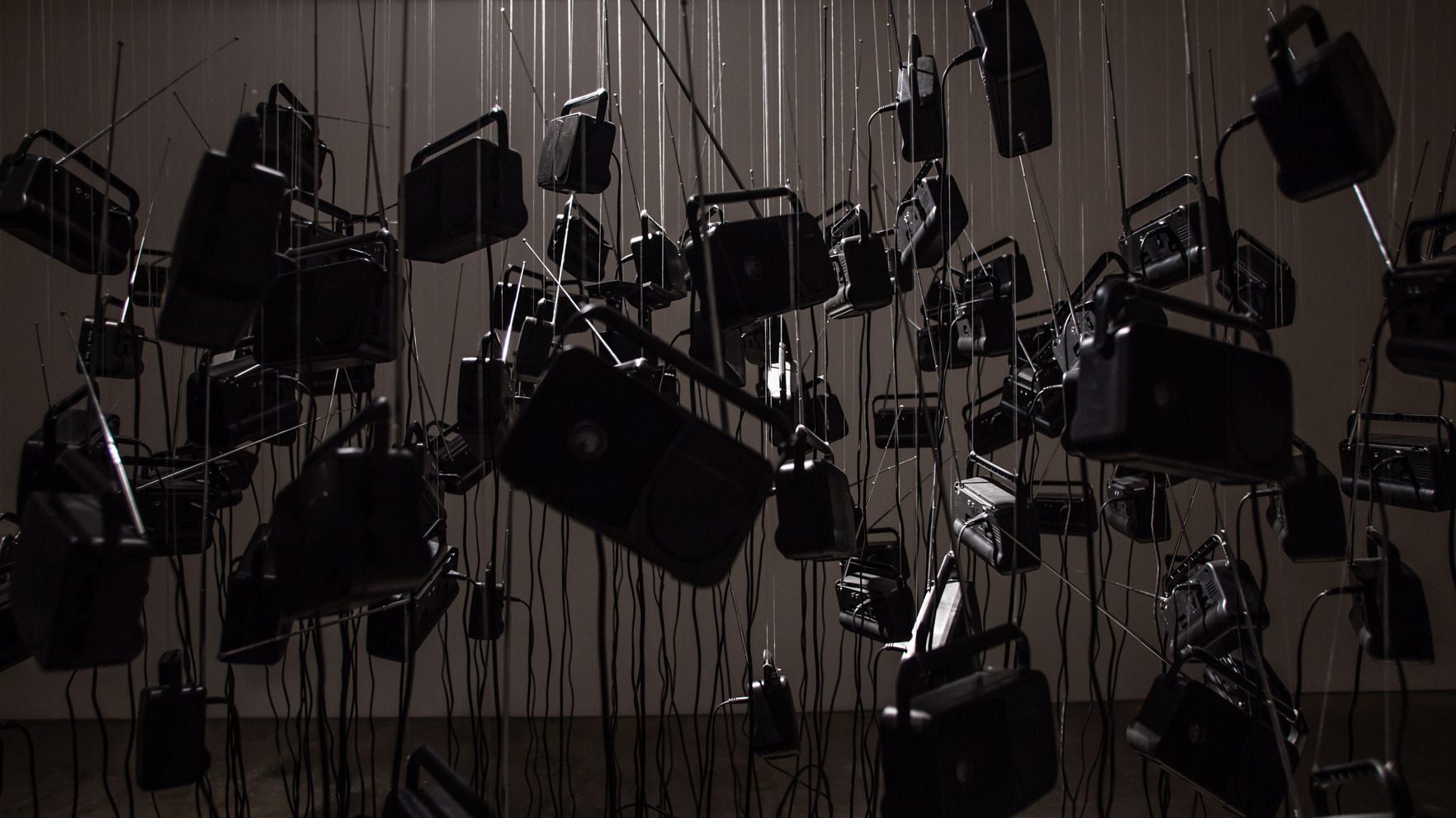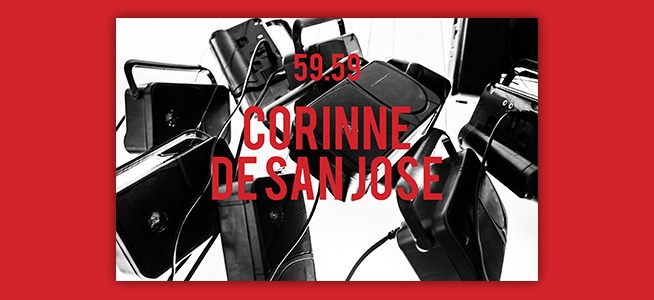
59.59
Corinne de San Jose
Silverlens, Manila
Installation Views
About
Silence is a concept I constantly negotiate with. I think about the weight and space it creates. I think about its relation to noise, because it can only exist in that duality. And as the world around us has become increasingly chaotic, I’ve also grown nostalgic for it. Silence has become this precious, precarious state I willfully have to orchestrate.
I explored the different narratives surrounding our representations of silence. The sound of crickets chirping has become an aphorism for silence. In films, it’s a signifier for a calm, quiet evening. In everyday use, crickets is the thing we meme for the punchline to an unfunny joke, the silence in an awkward conversation, the lack of response from a question. The phrase, ‘radio silence,’ has evolved from the idea of silence to make space for mayday calls into a strict silence that one ‘performs’ to sever connection to another.
In 59.59, 118 radios play an audio loop of crickets chirping, broadcast through 2 different FM frequencies, half playing field recordings of crickets in their natural habitat, the other half playing recordings from a farm that breeds crickets for human consumption.
I once taught a sound design class and played different sound clips of natural ambiences as a class exercise. I wanted to demonstrate the idea that evolution has programmed us to feel a certain way about specific sounds. For instance, birdsong makes us feel calm, a loud fire alarm triggers the body to produce cortisol, etc. But what I found out after talking to my students was that this is not as hard and fast a rule as sound designing clichés would have us believe. So much of our reaction to sound is also formed by personal experience, memories, from our own narratives.
What I love most about sound isn’t just sound itself. I’m more interested in figuring out how our own narratives can be told through sound; in how sound is perceived, filtered, interpreted. I am curious if I can bring my own sound design practice into the walls of the gallery, and in this work, if it is at all possible to represent silence without trying to attain ‘silence.’ I hesitate to call this strictly sound art, but the work has everything to do with the process of listening, hearing, and feeling.
- Corinne de San Jose
Corinne de San Jose (b. 1977, Bacolod, Philippines) is an award-winning film sound designer and a multi-disciplinary artist. There’s the overlap where her seemingly divergent modes of creation gains a synergy, a coherence. Her film work draws more parallels with her art than is apparent at first blush, the way in which it is more than a mere enhancement of the narrative. Her work outside of film not only corrals multiple disciplines. They constantly interrogate structure, form, and process as integral to the work itself. The photographic image, regardless whether it’s static or not, is De San Jose’s base matter, but there is both a self-reflexively sculptural and performative aspect to the work. The image becomes a sort of object that undergoes varieties of alteration which she documents. Recurrence and repetition are constant themes and maneuvers in her work, pre-occupied as it is with gender identity, the cyclical nature of time and with tapping into the potency inside clichés and stereotypes.
De San Jose has had several solo exhibitions in Silverlens, Manila, the most recent of which is I’ve been hiding in the smallest places in January 2018. Her works have also been part of group exhibitions in Manila and Paris. Group exhibitions in Silverlens, Manila include Equivalent/s (2018), Translación (2017), The Circle Game (2014), Working in Progress curated by Adeline Ooi (2011) and A Very Short Flowering Season (2010). In 2013, she was among the photographers to have participated in Paris Photo, showcasing New Pairs, a collaborative work with artist Christina Dy.
Works




